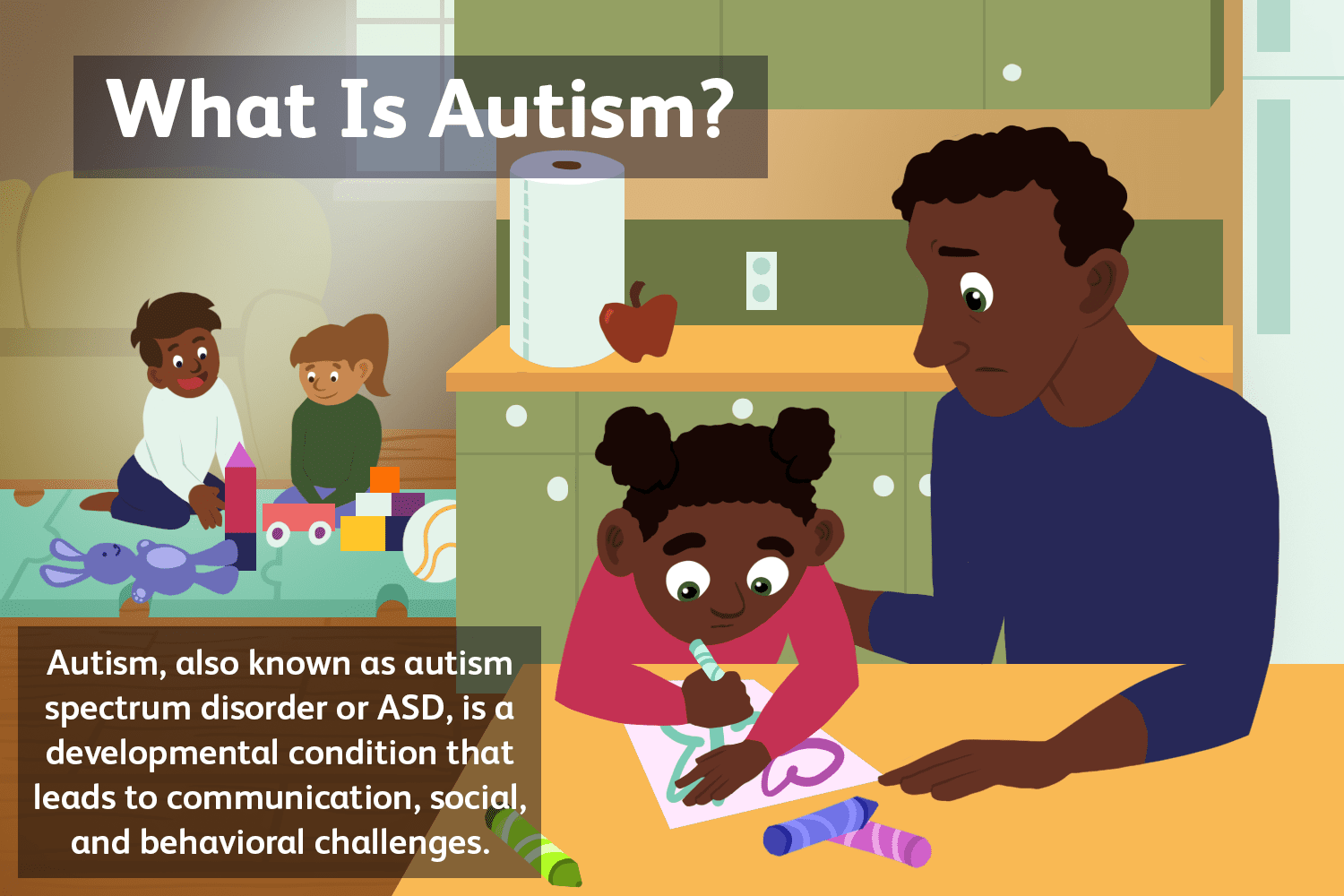Blinding Bias Towards Mental Health
By: Shubhankar Roy
Feature Articles, Health & Welfare, Psychology, Social & Youth development, Uncategorized,

Determining Mental Health
Determining the level of mental health stability of an individual depends on multiple psychological, social, and biological factors at any point in time. For example, socio-economic pressures, domestic and sexual abuse, chronic medical conditions, and history of trauma violence are recognized risks to mental health.
Poor mental health is also associated with rapid social change, stressful work conditions, gender discrimination, social exclusion, unhealthy lifestyle, physical ill-health and human rights violations.
There are specific neurological and biopsychological factors that make people vulnerable to mental health problems. Biological risks include genetic factors.
Mental health promotion involves actions that improve psychological well-being. This may involve creating an environment that supports mental health.
An environment that respects and protects basic civil, political, socio-economic and cultural rights is fundamental to mental health. Without the security and freedom provided by these rights, it is difficult to maintain an optimum level of mental health.
National mental health policies should be concerned both with mental disorders and, with broader issues that promote mental health. Mental health promotion should be mainstreamed into governmental and non-governmental policies and programmes. In addition to the health sector, it is essential to involve the education, justice, environment, labour, transport, housing and welfare sectors.
Lost economic growth –
From a macroeconomic perspective, the cost of mental disorders in a defined population can be quantified as lost economic output by estimating the projected impact of mental disorders on the gross domestic product (GDP). The major idea behind this approach is that economic growth depends on labour and capital, both of which can be negatively influenced by disease. Capital is depleted by healthcare expenditures, and labour is depleted by disability and mortality. Capital depletion is calculated from information on saving rates, costs of treatment, and the proportion of treatment costs that are funded from savings. Impact on labour is estimated by comparing the GDP to a counterfactual scenario that assumes no deaths from a disease against the projected deaths caused by the respective disease. Such estimates of lost economic output are mostly calculated for somatic diseases, and rarely for mental disorders.
However, the impact of mental disorders on economic growth can be estimated only indirectly. The lost economic output is first calculated with somatic diseases related to their associated number of disabilities‐adjusted life years (DALYs). In a second step, the lost economic output for mental disorders is projected using the relative size of the corresponding DALYs for other diseases.
Mental health is a major concern worldwide and India is not far behind in sharing this. If we evaluate developments in the field of mental health, the pace appears to be slow. Progress in mental health service delivery has been slow in most low- and middle-income countries. Barriers include the existing public-health priorities and their influence on funding; challenges to the delivery of mental health care in primary care settings; the low numbers of those trained in mental health care; and the lack of mental health perspective in public health leadership. There have been numerous calls for invoking political will for enhancing advocacy and for galvanizing community participation; all with scant improvement in outcomes.
Thus, it becomes opportune to explore the paradigm of mental health awareness as a means of combating stigma, enhancing prevention, ensuring early recognition, and stimulating simple and practical interventions within the community. Today, there are opportunities in terms of growing acknowledgement of mental disorders as key targets of global health action and leveraging new technologies, particularly the internet, big data, and cell phones in amplifying simple field interventions found successful in primary care other echelons.

Awareness?
Mental health awareness campaigns have yielded positive outcomes. Some of the strategies undertaken to target awareness and address stigma around mental illness include –
- Participation by family members
- Sensitization to treatment
- Social Inclusion
Lack of knowledge about mental illnesses poses a challenge to the mental health care delivery system. Research has highlighted the role of community-based systems in low-income countries and has also yielded positive results in creating awareness, thereby impacting participation. These findings reinforce the need to increase awareness of mental health.
Mental health literacy is a related concept that is increasingly seen as an important measure of the awareness and knowledge of mental health disorders. Health literacy has been described as the “ability to access, understand, and use the information to promote and maintain good health.” Mental health literacy encompasses recognition, causes, self-help, facilitation of professional intervention, and navigating the information highway. Attitudes that hinder recognition and appropriate help-seeking can be counteracted by information that is already readily available in the public domain.
Conclusion
Stress is a normal, but highly subjective, human emotion. While normal-to-moderate stress serves a beneficial and adaptive purpose, severe stress or anxiety can also become the cause of tremendous suffering for millions of people.
Working from a biopsychosocial perspective, this article provides an overview of the origin and functional purpose of mental health wellbeing. The biological, psychological, and social factors that contribute to the formation and maintenance of (pathological) mental health disorders were presented. The various mental health, theories, and associated treatments were reviewed. The treatment for mental health disorders is based on a solid scientific foundation, grounded in research by experts from diverse fields. The research has investigated these biological, social, and psychological factors that contribute to mental health disorders.
This broad research base has led to the development of numerous, empirically-based treatments that have proven to be highly effective. As a result, thousands of courageous individuals have reclaimed their health, restored their functioning, and now enjoy richly rewarding and satisfying lives.
The future remains optimistic for those who struggle with mental health wellbeing. We are confident that advancements in the treatment of mental health will continue to bring hope and relief to the people, and families, affected by these disorders.
Tags: Anxiety, depression, Mental Health, Personality Development, Psychology, Youth Development, youth mental health,








